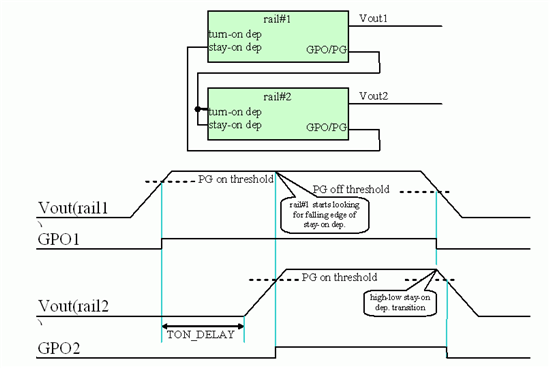Please describe the timing associated with the controller evaluating the stay-on dependencies. I would like to understand when the controller starts evaluating the stay-on dependencies. They somehow must be ignored during turn-on, and at some time after “regulating” they are probably evaluated. Please elaborate.
-
Ask a related question
What is a related question?A related question is a question created from another question. When the related question is created, it will be automatically linked to the original question.


